Sending a snap to a friend, posting a TikTok or scrolling through Facebook are all ways teens spend their time. Social media could have positive uses such as communication and meeting new people. There could also be negative consequences, including coming across inappropriate posts and disengaging in social or educational settings.
“There’s a lot of positives, you get to connect with people you normally wouldn’t but there’s also negatives like people posting bad stuff,” freshman Olivia Ward said. “You can connect with people and see other sides of people that you normally wouldn’t.”
During COVID, social media was a communication tool that allowed people to connect with new people, which was almost necessary due to the inability to meet new people in person.
“Back when quarantine started, a difference I made with social media was putting myself out there and meeting new people online,” junior Rebecca Becerra said. “I met so many wonderful people, and it made me feel like I wasn’t alone. The positive side of social media is that we can meet with people from around the world and communicate altogether as one.”
In classrooms, social media could become a distraction when teachers attempt to engage students in their lesson plans, as it created a loss of engagement and an inability to have flowing conversations.
“It’s very hard to get engagement in a classroom now,” english teacher Karen Mack said. “Because of things like cell phones… Whether it’s a game or an app being used but of course, a big part of it is social media. It’s really hard to get engagement and to have conversations. You don’t get to do that as much with the kids.”
While social networks had downsides inside a classroom, one’s personal life could also be affected. Excessive use of cell phones and social media could build a barrier while trying to engage in face-to-face conversations.
“It’s hard to be present in your own life when you’re constantly looking at what other people are doing,” Mack said. “Overall, it makes it easier to connect to people who are further from you, but harder to connect to the people who are around you.”
Social media: Pros and cons
Sitting in the cafeteria with friends during sixth hour lunch, freshmen Olivia Ward, Klaire Miller and Haylee Romines, spent time on their phones with occasional side conversations. Social media played a role in social settings as it contributed to online conversations and built a barrier when having a face-to-face conversation. (Photo by Carmen Osio Rodriguez)
Story continues below advertisement
0
More to Discover
About the Contributor

Carmen Osio Rodriguez, Editor-In-Chief

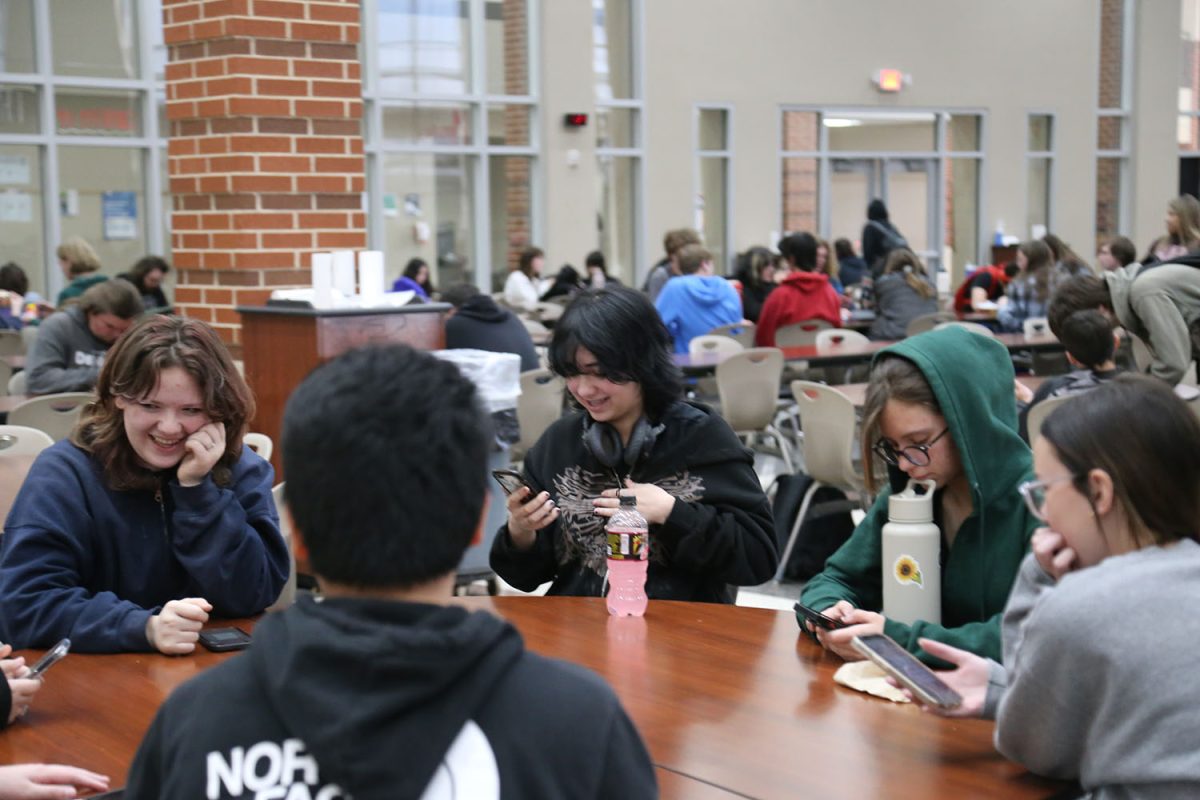
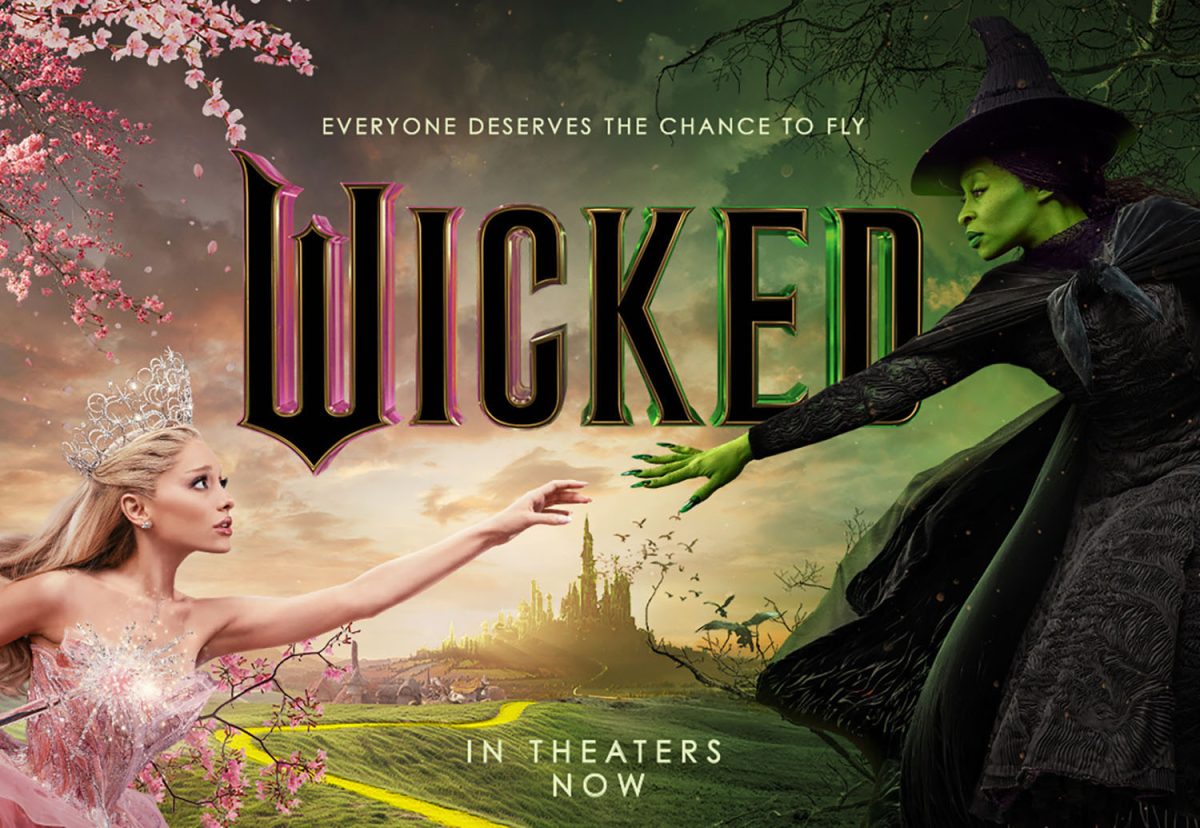
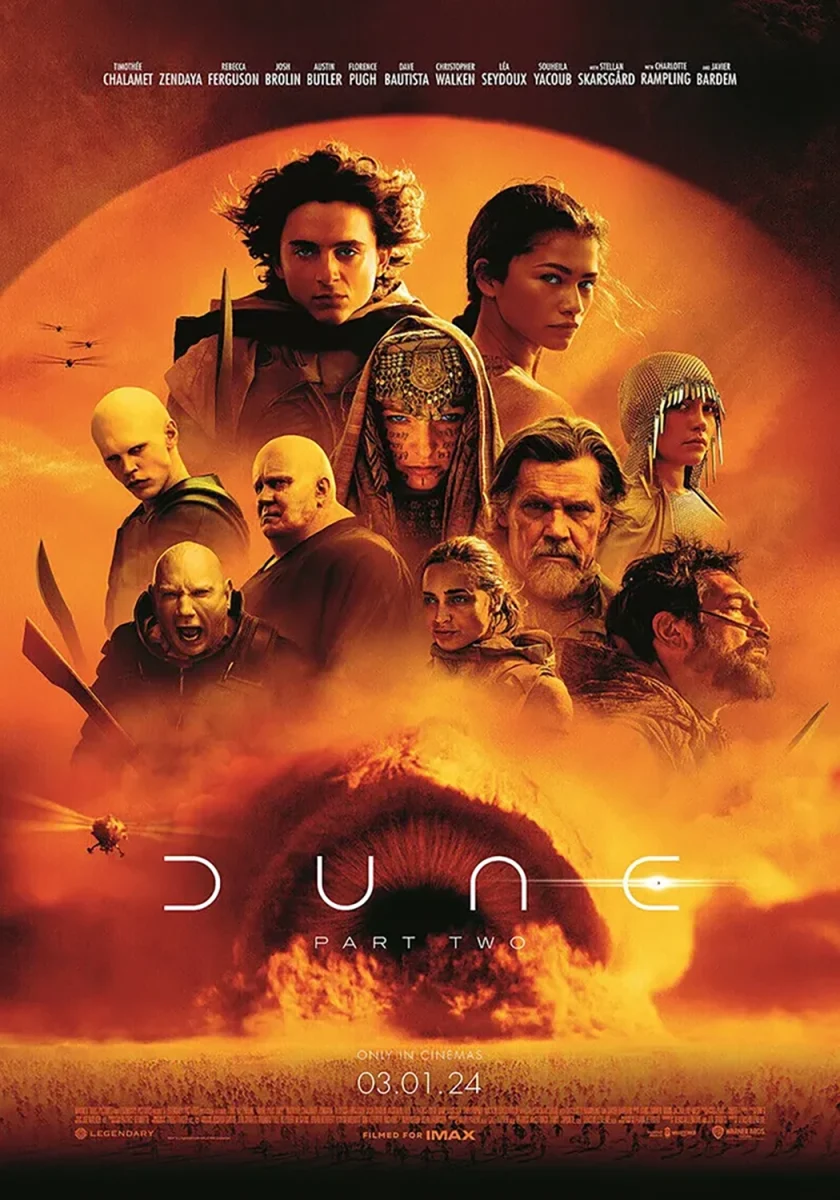

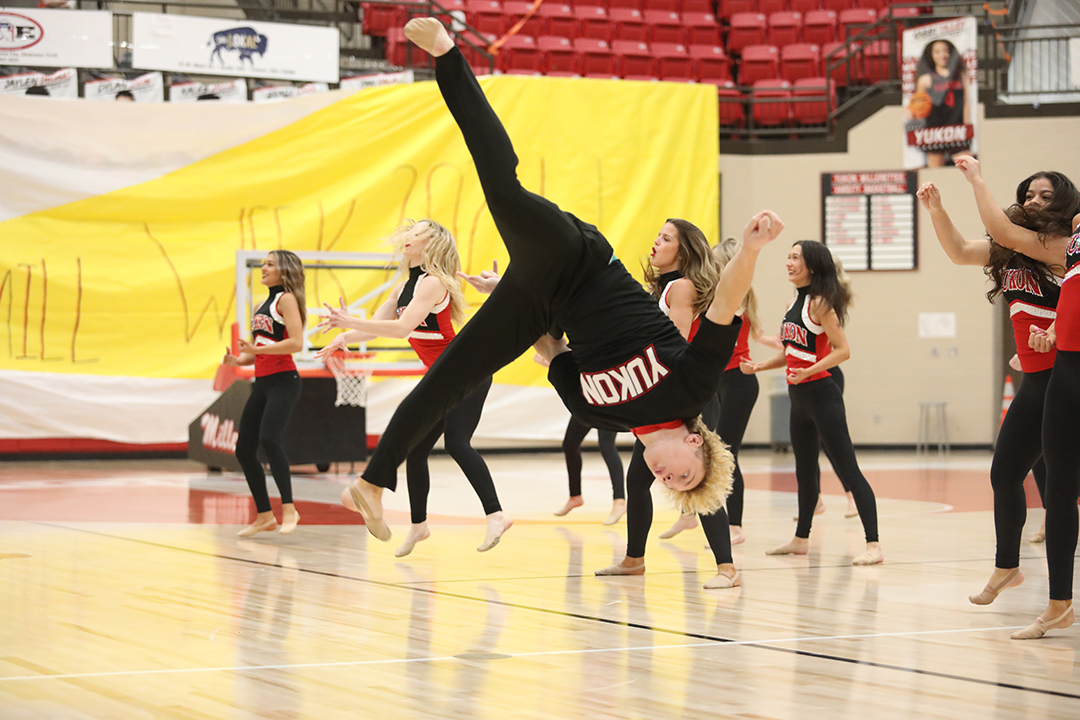
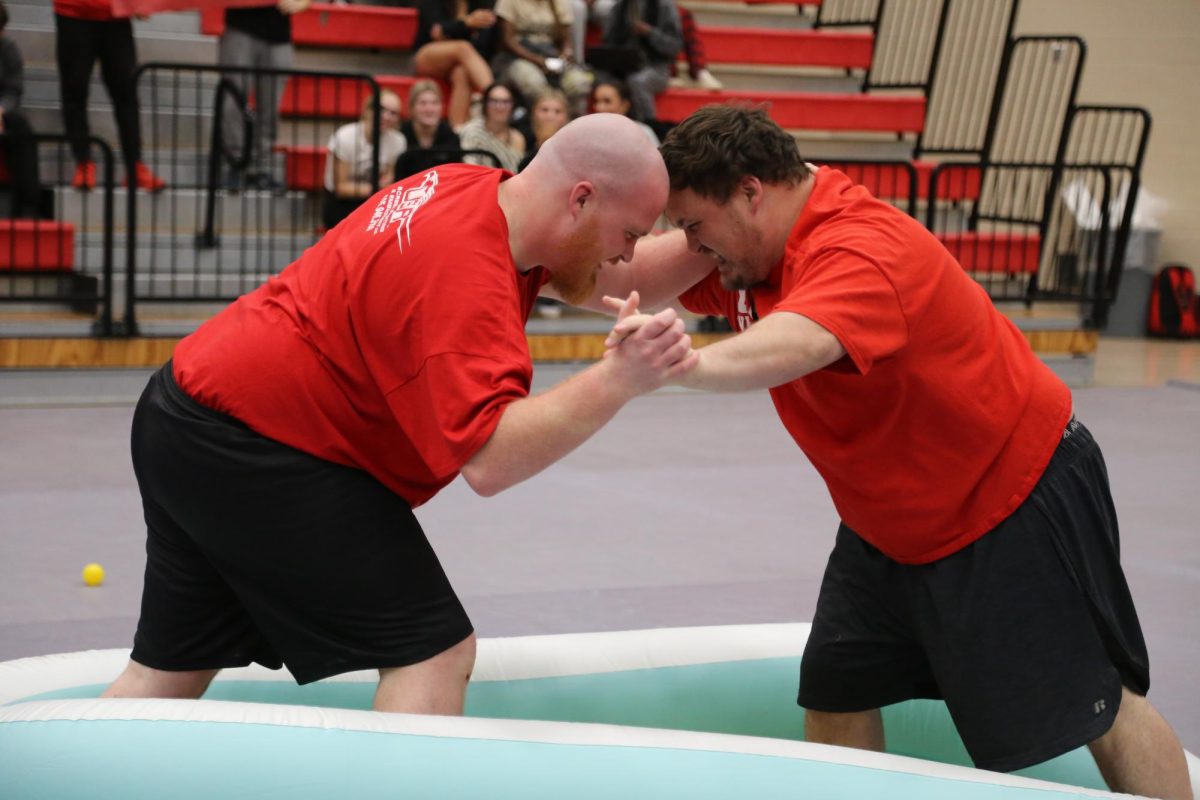
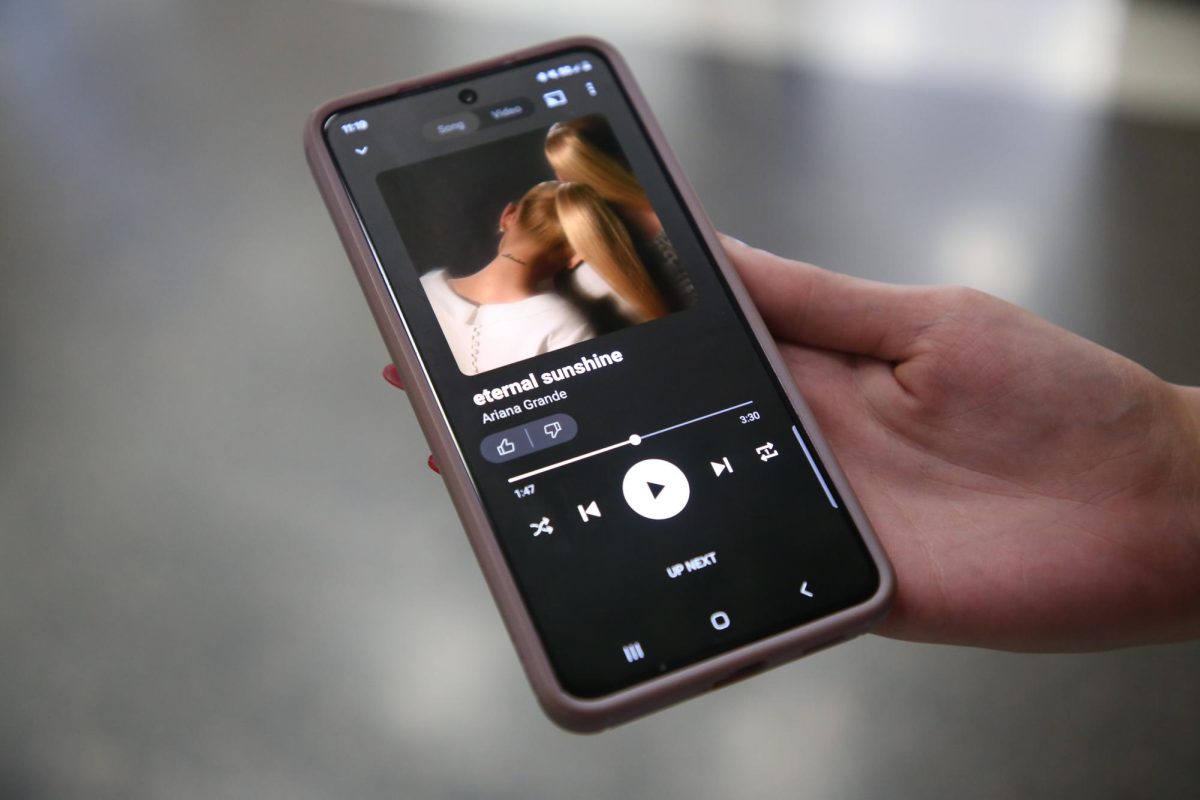
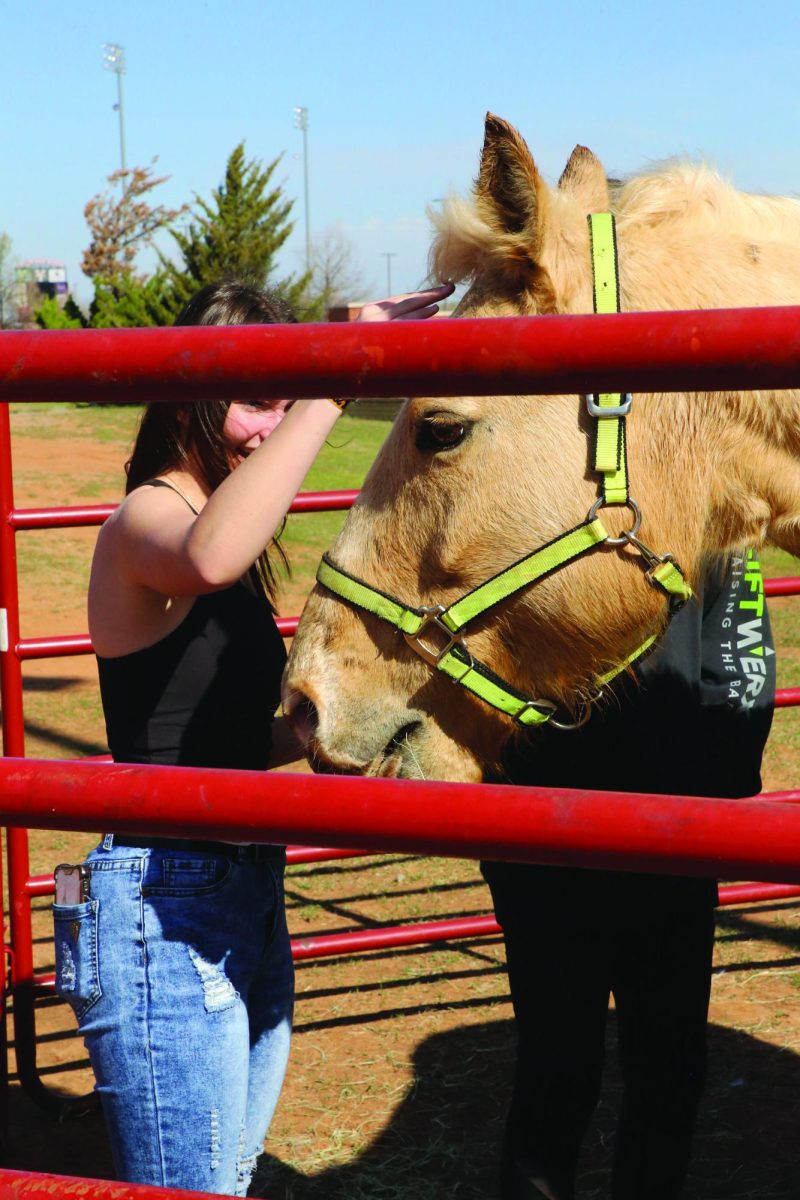
![Wearing the "Catrina" face makeup since she was little, junior Itzel Lopez Romero uses the style as a way to keep her family's tradition alive. "I feel like I copy a lot of the old style but in a newer version," Lopez Romero said, "I think of my grandma, looking back at pictures like how she used to do her makeup, really inspired me on how to bring back that tradition we used to have [in Mexico], here in the United States."](https://yhsinsight.com/wp-content/uploads/2024/03/aaaaa1-1200x901.jpg)

